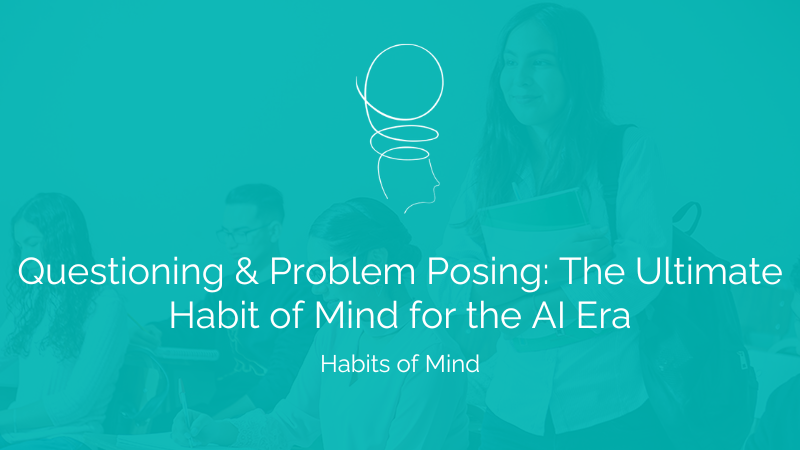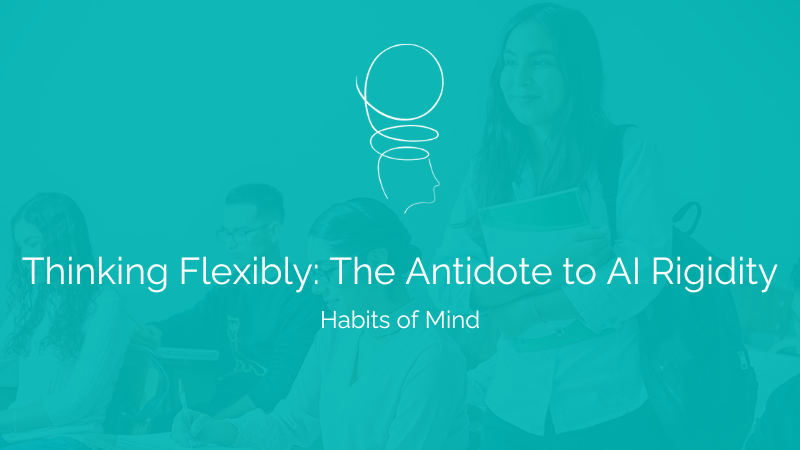I can’t do this—it’s too hard!
How many times have you heard a student express this frustration? The natural response is reassurance: “You can do it!” or “Keep trying!” But what if there’s a more powerful way to reframe how students think about difficulty?
Here’s a simple but transformative idea I’ve been developing in my work: Easy is earned.
What Does “Easy Is Earned” Mean?
This concept means that tasks don’t start out easy—they become easy through practice, effort, and skill development. When something feels hard, it’s not because the student lacks ability; it’s because they haven’t yet developed the specific capabilities that make that task feel easy.
This reframes difficulty in three powerful ways:
- It separates the task from the person. The challenge isn’t due to some fixed quality of the learner but to the current relationship between their capabilities and the task requirements.
- It creates a pathway to mastery. If easy is earned, then there’s a clear process for making hard things become easier: develop the relevant capabilities through practice in the Learning Zone.
- It acknowledges growth. When something that was once difficult now feels easy, it’s tangible evidence of learning and development—something to be celebrated.
The Problem with “Too Hard”
When students say something is “too hard,” they often mean “this feels impossible for me.” This perspective can trigger a fixed mindset response—the belief that difficulty indicates a lack of ability rather than a need for capability development.
The traditional responses we offer don’t always help:
- “It’s not that hard” invalidates their experience
- “Just try harder” implies effort alone will solve the problem
- “Maybe this isn’t for you” reinforces the fixed mindset trap
“Easy is earned” provides a different pathway—one that acknowledges the current difficulty while establishing a growth-oriented perspective on how tasks that feel hard today become easy tomorrow.
Classroom Applications
The implications for classroom practice are significant:
- Validate the difficulty. Instead of saying “It’s not that hard,” try “Yes, this is challenging right now. That’s because you’re building new capabilities.”
- Connect to past examples. “Remember when reading simple sentences felt difficult? Now you do it automatically. This new challenge will follow the same pattern.”
- Celebrate when hard becomes easy. “Three weeks ago, you struggled with these problems. Now you’re solving them confidently. That’s what learning looks like!”
- Redirect focus to the process. “The question isn’t whether this is hard or easy—it’s about what strategies will help you develop the skills to make it easier.”
- Use examples of experts. “Even professional writers struggle with first drafts. They’ve just developed strategies that help them work through the difficulty.”
From “Too Hard” to “Not Yet Easy”
“Easy is earned” helps transform “This is too hard!” into “This isn’t easy for me yet.” The difference is subtle but profound:
- “Too hard” implies a permanent condition and fixed capacity
- “Not yet easy” suggests a temporary state that will change with development
This connects to both growth mindset principles and the Learning Zones framework. It acknowledges that working in the Learning Zone is supposed to feel challenging—that’s where growth happens. But it also provides the reassurance that this difficulty is temporary, not permanent.
Practical Classroom Strategies
Here are five specific strategies for implementing the “easy is earned” concept in your classroom:
- Create difficulty timelines. Have students document how something that now feels easy once felt challenging. Create visual representations of this journey.
- Use precise language about difficulty. Replace “hard” and “easy” with more specific descriptors: “requires careful attention,” “needs strategic thinking,” or “can be done automatically.”
- Identify specific capabilities. When something feels difficult, help students identify exactly what capabilities they need to develop to make it easier.
- Create capability growth charts. Track the development of specific skills over time, making growth visible.
- Share your own “easy is earned” stories. Tell students about things that were once difficult for you that have become easier, and the process you went through.
The Power of This Reframe
“Easy is earned” gives students a powerful lens for interpreting challenge. It helps them see that when something feels difficult, it’s not a signal to stop or a sign of inadequacy—it’s simply an indication that they’re in their Learning Zone, where capabilities are being built.
This shift transforms the entire emotional experience of difficulty. Instead of feeling discouraged by challenges, students can begin to see them as natural parts of the learning journey—temporary states on the path to earned ease.
How do you help students reframe their relationship with difficulty? What strategies have you found effective for helping learners persist when tasks feel challenging?
This post is part of the “From a Safe Place to a Growth Place” series, exploring how our language and approaches shape student attitudes toward difficulty and growth. For more on developing powerful learners, check out my book “Learnership.”



